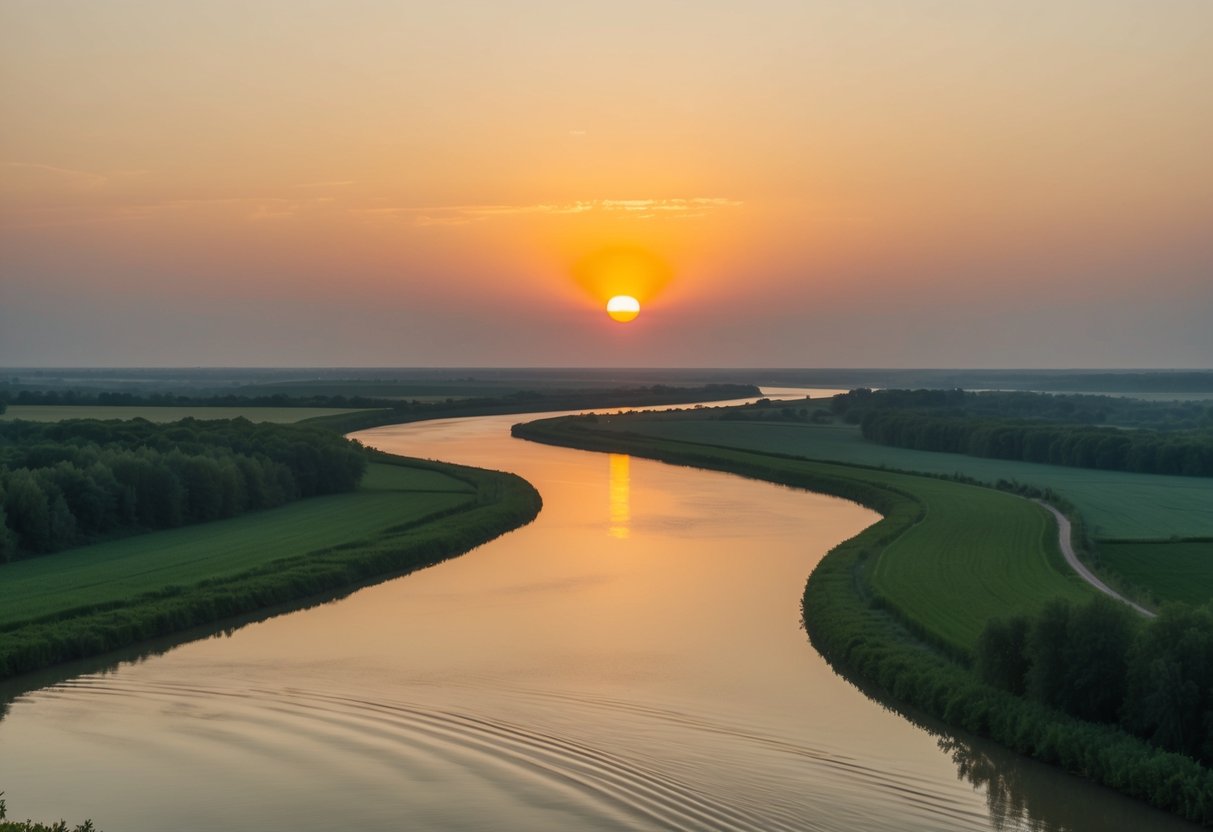
The Danube Delta, a UNESCO World Heritage Site, is a marvel of biodiversity and natural beauty. Stretching across Romania and Ukraine, it serves as one of the most well-preserved biosphere reserves in Europe. The delta’s waterways offer a rich tapestry of wildlife and plant species, making it a paradise for nature enthusiasts and researchers alike.
Spanning over 5,000 square kilometers, the Danube Delta is home to an intricate ecosystem that supports over 300 bird species and countless fish species. Its network of channels, lakes, and marshes creates a vital breeding ground for many migratory birds. This makes the delta one of Europe’s most significant birdwatching locations, attracting tourists from around the world.
Visitors to the Danube Delta can experience its unparalleled beauty through guided boat tours, which provide an intimate look at the diverse flora and fauna. The abundance of natural resources and the harmony between wildlife and wetlands make it a compelling destination for ecotourism. This unique environment presents an opportunity to explore one of nature’s most remarkable waterways.
Geography and Hydrology of the Delta
The Danube Delta spans vast wetlands and carries immense hydrological significance. It is shaped by three main branches converging into the Black Sea, each contributing uniquely to this biodiverse region.
Danube River: Source to Delta
The journey of the Danube River begins in Germany’s Black Forest and stretches about 2,850 kilometers across Europe before emptying into the Black Sea. As it nears its end, the river divides into three primary distributaries: the Chilia, Sulina, and Sfântu Gheorghe Arms.
Chilia, the northernmost arm, is the longest and carries the majority of the water flow. Sulina, the central arm, is the shortest and has been navigationally improved for shipping. Sfântu Gheorghe, the southernmost arm, meanders through remote marshlands and eventually meets the sea.
The delta, an ecological treasure formed by these waterways, hosts extensive wetlands that serve as critical habitats for diverse species.
The Rich Biodiversity of the Delta
The Danube Delta is a treasure trove of life, teeming with diverse species. This area is a critical habitat for a variety of flora and fauna, including unique endemic species that thrive in its diverse ecosystems. Its ecological significance provides key conservation opportunities.
Flora and Fauna
The Danube Delta hosts an impressive assortment of plant and animal life. Its waterways are home to over 5,500 species of flora and fauna. Visitors can witness an array of vegetation, from lush reeds and willow forests to vibrant wetlands supporting numerous ecosystems.
Birdwatching enthusiasts are particularly drawn to the area, as the Delta supports over 300 species of birds. The vast wetlands are a perfect breeding ground, attracting species such as the great egret and the glossy ibis. Fish species are also abundant, with the delta sustaining a large population due to the diverse aquatic habitats.
Endemic Species
Endemic species within the Delta are of special interest due to their rarity and adaptation to the unique environment. Among these are certain fish, insects, and vegetation critically tied to the region. The delta is the only home to these specialized organisms.
A notable example includes the Danube crested newt, a species adapted to the specific conditions of this region. Additionally, the delta provides a unique habitat for the Pontic shad, a fish species increasingly studied for its role within the local ecosystem. These species highlight the evolutionary adaptation processes shaped by the delta’s unique environment.